English dogwood, planting guide and care work
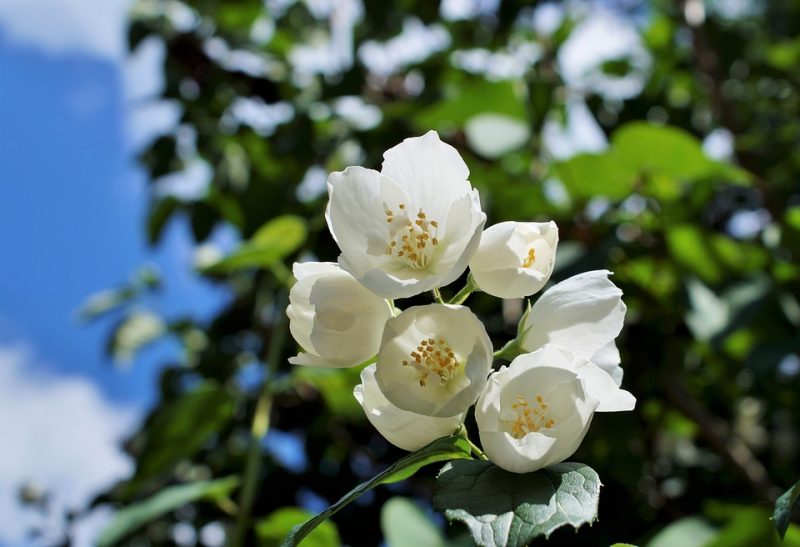
English dogwood (Philadelphus coronarius), also called sweet mock orange, is native to southern Europe and the Caucasus. It is a medium-large shrub, 2-3 m tall, with deciduous, oval acuminate leaves. Decorate thanks to its overall appearance, its foliage, but especially to its flowers. It blooms in May-June. The flowers are cream-white, very fragrant, clustered (5-7 flowers) in a raceme.
It has two varieties:
- “aureus” – with white flowers and yellow-green leaves.
- “duplex” – with white flowers, very resistant to frost, smoke and drought.
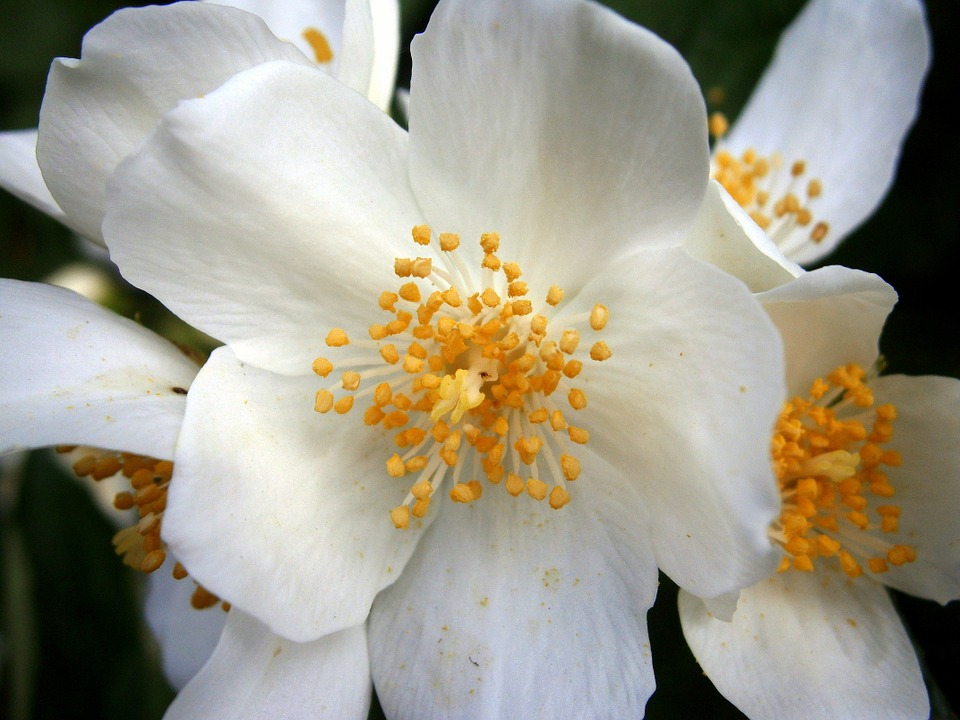
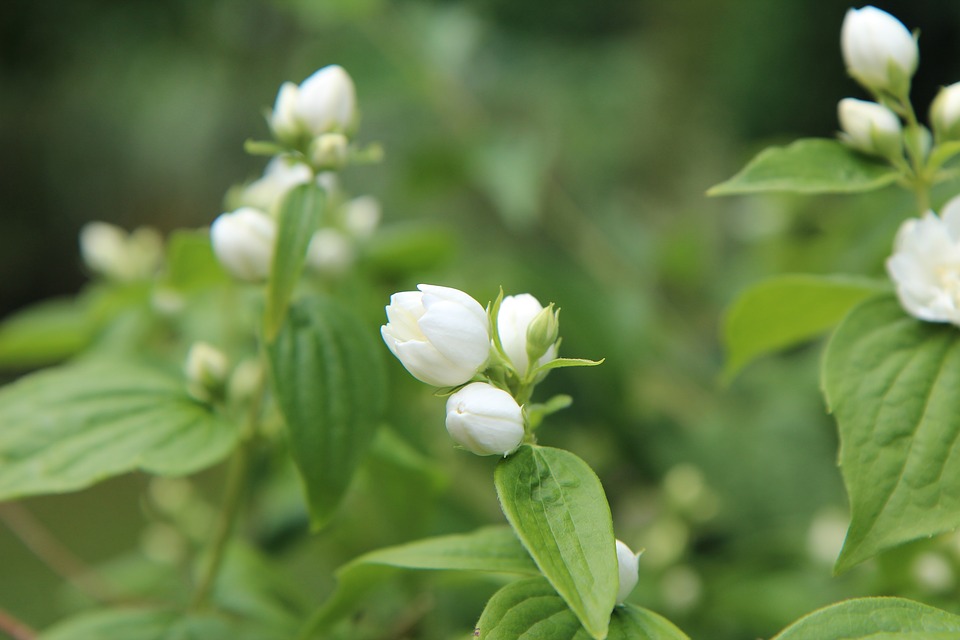
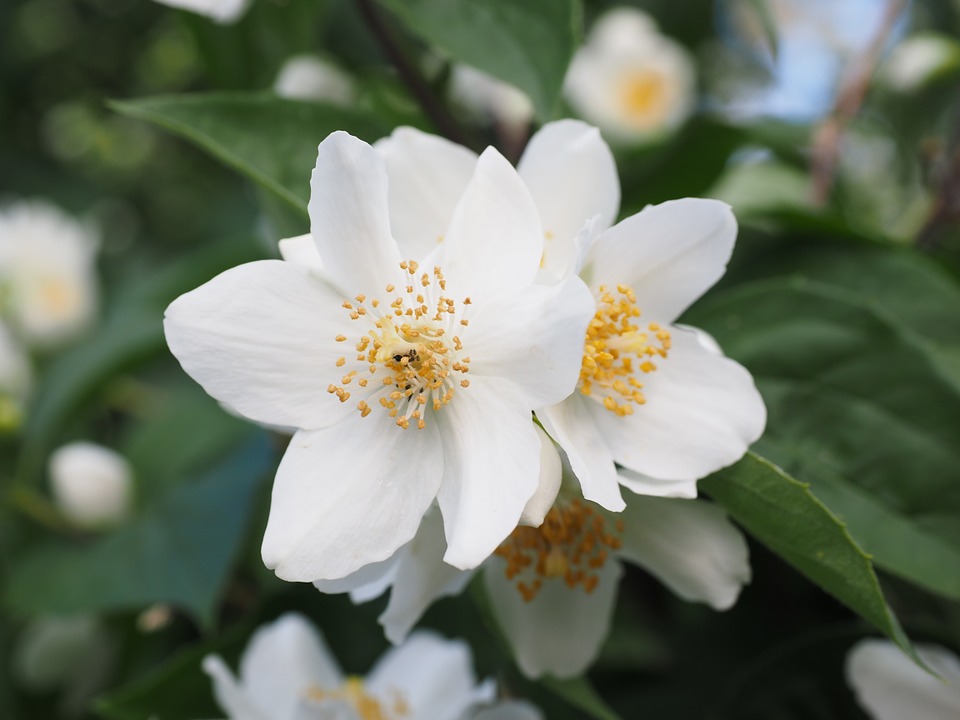
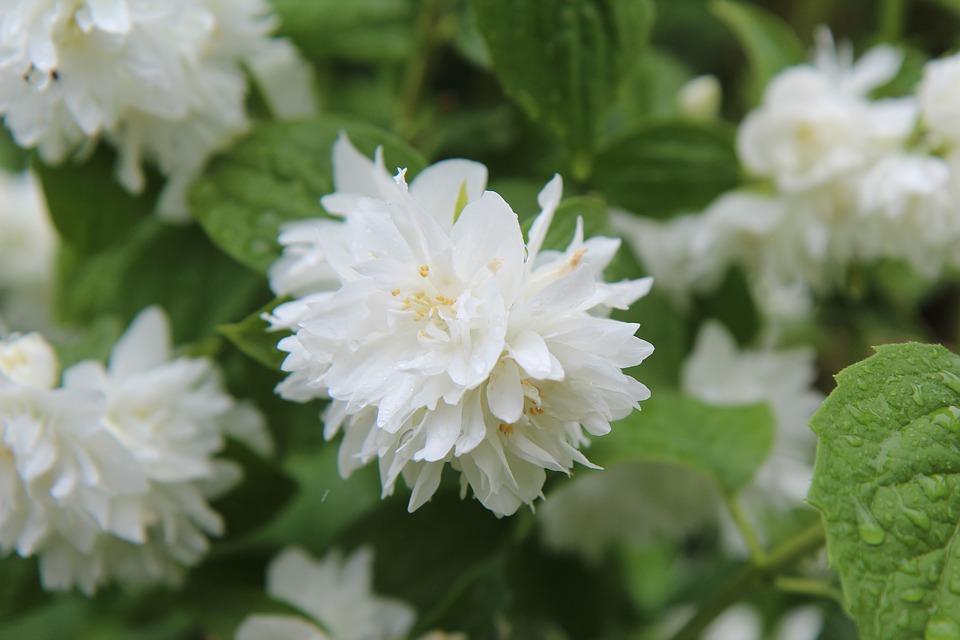
Environmental conditions
It is a plant resistant to frost and even drought, for a short period of time. It is not pretentious when it comes to the soil, developing well in any type of soil, except for swampy soils and soils with high salinity. It can withstand partial shade and even shady spaces, but for abundant flowering it needs light. It is also a plant resistant to smoke and gas pollution, suitable for urban environments.
Care
English dogwood does not require special care, being a plant that can easily adapt to various environmental conditions.
Fertilization. It should be done once a year, in early spring.
Recommended products
-
You can find products on a different store
Change Store -
You can find products on a different store
Change Store -
You can find products on a different store
Change Store -
You can find products on a different store
Change Store -
You can find products on a different store
Change Store -
You can find products on a different store
Change Store -
You can find products on a different store
Change Store -
You can find products on a different store
Change Store -
You can find products on a different store
Change Store -
You can find products on a different store
Change Store -
You can find products on a different store
Change Store -
You can find products on a different store
Change Store -
You can find products on a different store
Change Store -
You can find products on a different store
Change Store -
You can find products on a different store
Change Store -
You can find products on a different store
Change Store -
You can find products on a different store
Change Store -
You can find products on a different store
Change Store -
You can find products on a different store
Change Store -
You can find products on a different store
Change Store -
You can find products on a different store
Change Store -
You can find products on a different store
Change Store -
You can find products on a different store
Change Store -
You can find products on a different store
Change Store
Pruning. It can withstand shape correction cuts very well, which are recommended to be done so that the plant does not acquire a careless appearance and it will bloom abundantly the following year. But it is important that they are done after flowering and not before so as not to lose the flower buds. It is recommended to pinch the shoots to stimulate branching, the young shoots being the ones that produce the most flowers.
Recommended products
-
You can find products on a different store
Change Store -
You can find products on a different store
Change Store -
You can find products on a different store
Change Store -
You can find products on a different store
Change Store -
You can find products on a different store
Change Store -
You can find products on a different store
Change Store -
You can find products on a different store
Change Store -
You can find products on a different store
Change Store -
You can find products on a different store
Change Store -
You can find products on a different store
Change Store -
You can find products on a different store
Change Store -
You can find products on a different store
Change Store -
You can find products on a different store
Change Store -
You can find products on a different store
Change Store -
You can find products on a different store
Change Store -
You can find products on a different store
Change Store -
You can find products on a different store
Change Store -
You can find products on a different store
Change Store -
You can find products on a different store
Change Store -
You can find products on a different store
Change Store -
You can find products on a different store
Change Store -
You can find products on a different store
Change Store -
You can find products on a different store
Change Store -
You can find products on a different store
Change Store
Planting
It can be done from autumn to spring, during the entire period of vegetative dormancy, when the soil is not frozen.
Propagation
English dogwood can be propagated through “green” cuttings (in summer) and through hardwood stem cuttings (in early spring). Green cuttings are harvested after the end of the flowering period with top cuttings, and hardwood stem cutting is harvested from the stems in early spring, before the start of the vegetative growth period.
The cuttings have to be planted in partially shaded places and watered every 3 days.
Recommended products
-
You can find products on a different store
Change Store -
You can find products on a different store
Change Store -
You can find products on a different store
Change Store -
You can find products on a different store
Change Store -
You can find products on a different store
Change Store -
You can find products on a different store
Change Store -
You can find products on a different store
Change Store -
You can find products on a different store
Change Store -
You can find products on a different store
Change Store -
You can find products on a different store
Change Store -
You can find products on a different store
Change Store -
You can find products on a different store
Change Store -
You can find products on a different store
Change Store -
You can find products on a different store
Change Store -
You can find products on a different store
Change Store -
You can find products on a different store
Change Store -
You can find products on a different store
Change Store -
You can find products on a different store
Change Store -
You can find products on a different store
Change Store -
You can find products on a different store
Change Store -
You can find products on a different store
Change Store -
You can find products on a different store
Change Store -
You can find products on a different store
Change Store -
You can find products on a different store
Change Store
Diseases and pests
English dogwood is a plant quite resistant to diseases and pests, but can sometimes be attacked by aphids, woolly apple aphids, or European fruit lecanium. These pests secrete a sticky substance, which promotes the appearance of sooty mold. Sooty mold manifests itself as a black, unsightly film on the surface of the leaves, preventing the efficient realization of the photosynthesis process, which leads, in the end, to the drying of the leaves.
Recommended products
-
You can find products on a different store
Change Store -
You can find products on a different store
Change Store -
You can find products on a different store
Change Store -
You can find products on a different store
Change Store -
You can find products on a different store
Change Store -
You can find products on a different store
Change Store -
You can find products on a different store
Change Store -
You can find products on a different store
Change Store -
You can find products on a different store
Change Store -
You can find products on a different store
Change Store -
You can find products on a different store
Change Store -
You can find products on a different store
Change Store -
You can find products on a different store
Change Store -
You can find products on a different store
Change Store -
You can find products on a different store
Change Store -
You can find products on a different store
Change Store -
You can find products on a different store
Change Store -
You can find products on a different store
Change Store -
You can find products on a different store
Change Store -
You can find products on a different store
Change Store -
You can find products on a different store
Change Store -
You can find products on a different store
Change Store -
You can find products on a different store
Change Store -
You can find products on a different store
Change Store















































































































































































































































































































































































































































